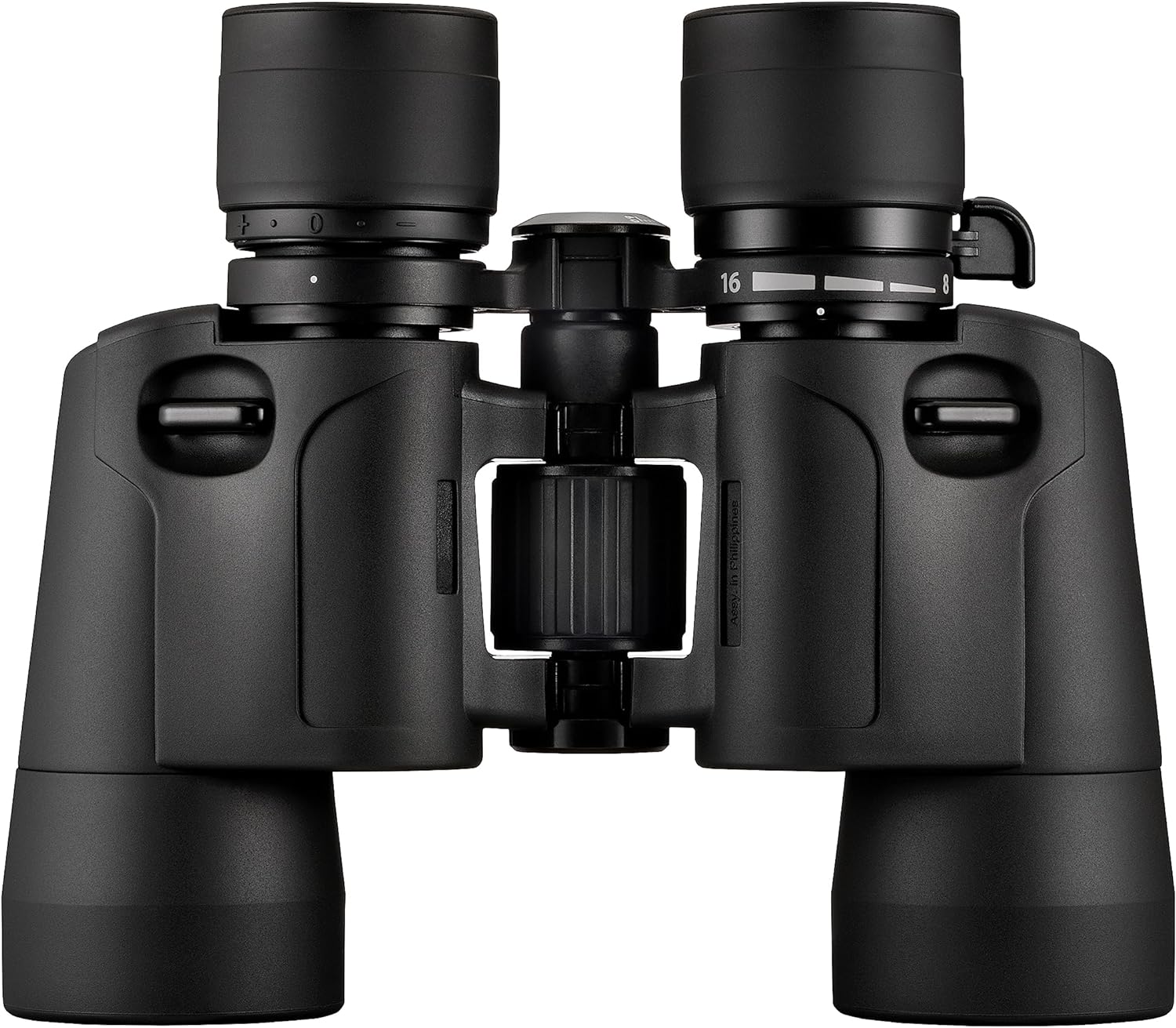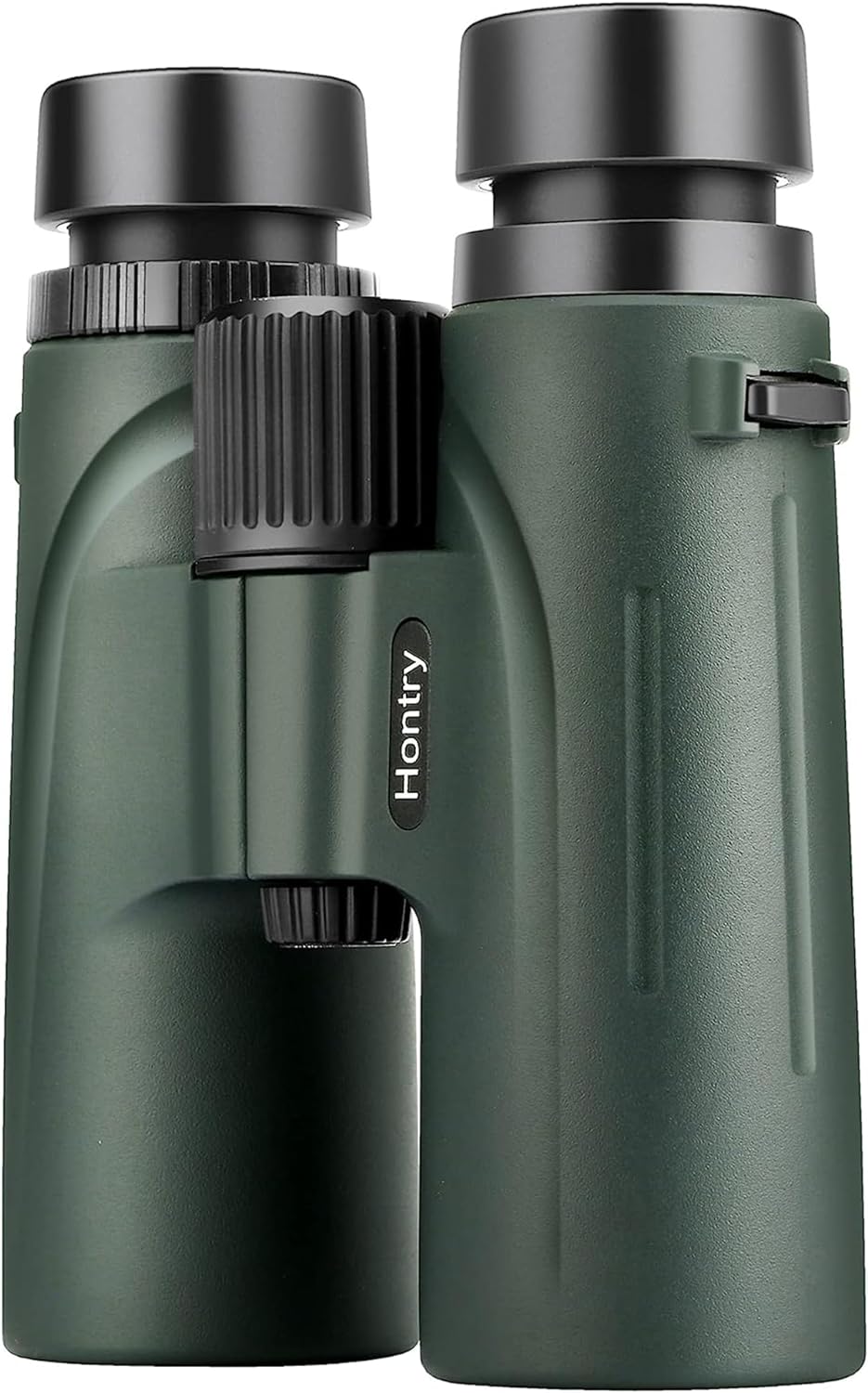I. Introduction
Bird watching is a rewarding and popular pastime, allowing enthusiasts to connect with nature and observe avian creatures in their natural habitats. One of the critical aspects of a successful bird watching experience is choosing the right equipment, and magnification plays a pivotal role in this decision. Magnification determines how close the birds appear in your field of view, making it an essential factor to consider when selecting binoculars or spotting scopes for bird watching.
In this article, we will explore the factors that influence the choice of magnification for bird watching. We will delve into the intricacies of magnification, discuss different magnification options available, and provide recommendations for the best magnification ranges based on your specific needs and preferences. Whether you are a novice or a seasoned birder, understanding the relationship between magnification and bird watching is essential to enhance your observation experience.
II. Understanding Magnification
A. Explanation of magnification in binoculars and spotting scopes
Magnification refers to the degree to which an optical device, such as binoculars or spotting scopes, enlarges the image of an object being observed. It is represented by a number followed by an “x,” such as 8x or 10x, indicating how many times larger the object will appear compared to the naked eye. For example, with 8x magnification, an object will appear eight times closer than it would with the unaided eye.
B. How magnification affects the viewing experience
The choice of magnification significantly influences the bird watching experience. Higher magnification allows for closer views of birds, revealing intricate details of their plumage, behavior, and markings. However, it’s important to note that higher magnification also tends to narrow the field of view, making it more challenging to track birds in motion or locate them quickly.
Conversely, lower magnification provides a wider field of view, making it easier to scan larger areas and track birds in flight. This can be particularly advantageous in dense or forested environments where birds may be obscured by foliage.
C. Common magnification options available in the market
In the market, you will find a range of magnification options for bird watching equipment. Common magnification levels for binoculars and spotting scopes include 6x, 8x, 10x, and higher. Each has its own strengths and considerations, catering to different preferences and birding environments.
- 6x to 8x: These lower magnification levels are favored for their wider field of view and enhanced image stability. They are particularly suitable for birders who value ease of use and want to observe birds in motion or in densely vegetated areas.
- 8x to 10x: This mid-range magnification strikes a balance between detail and field of view. It is a versatile option suitable for various birding environments and is a popular choice among bird watchers.
- 10x and above: Higher magnification levels provide detailed views of birds, making them excellent for long-distance birding. However, they may require more steady hands or additional stabilization methods due to increased image shake.
III. Considerations for Bird Watching
A. Birdwatching Environment and Terrain
The environment in which you plan to observe birds is a crucial factor in determining the ideal magnification. Consider whether you’ll primarily be birding in open fields, dense forests, wetlands, or coastal areas.
- Open Fields: In wide, open spaces, higher magnification (10x and above) can be advantageous for observing birds at a distance. The lack of obstructions allows for clearer views.
- Dense Forests: In heavily wooded areas, lower to mid-range magnification (6x – 10x) may be more suitable. The wider field of view helps in tracking birds through trees and foliage.
- Wetlands and Coastal Areas: These environments often offer a mix of open water and vegetation. A versatile magnification range (8x – 10x) provides a good balance for observing both near and distant subjects.
B. Types of Birds You Want to Observe
Consider the types of birds you are most interested in observing. Are you primarily focused on small songbirds or larger waterfowl and raptors? Different birds have different behaviors and habitats, which can influence your choice of magnification.
- Small Songbirds: For smaller, more active birds, such as warblers or finches, higher magnification (8x – 10x) can provide the detail needed to distinguish markings and behavior.
- Waterfowl and Raptors: Larger birds like ducks, herons, and birds of prey may benefit from a slightly lower magnification (8x) to maintain a wider field of view while still capturing essential details.
C. Personal Preferences and Physical Limitations
Your own comfort and physical capabilities should also guide your choice of magnification. Consider factors like hand steadiness, eye strain, and any existing visual impairments.
- Steadiness: If you have steady hands, you may be able to comfortably use higher magnification levels. For those with shakier hands, lower magnification may be more suitable.
- Eye Strain: Higher magnification can lead to more eye strain, especially over extended periods. If you plan on prolonged birding sessions, consider a mid-range magnification to balance detail and comfort.
- Visual Impairments: If you have any vision-related concerns, consult with an optometrist to ensure you choose a magnification that suits your needs.
V. Recommended Magnification Ranges
Now that we’ve discussed the various factors that influence the choice of magnification, let’s explore specific magnification ranges and their respective advantages and best use cases.
A. Low Magnification (6x – 8x)
Advantages:
- Wide Field of View: Low magnification provides a broad field of view, making it easier to locate and track birds, especially in densely vegetated areas.
- Stability: Shakes and tremors are less noticeable at lower magnifications, resulting in a steadier image.
- Less Eye Strain: Extended birding sessions are more comfortable as lower magnification puts less strain on the eyes.
Best Use Cases:
- Forest Birding: Ideal for observing birds in wooded areas where a wide field of view is crucial for tracking movement through trees and foliage.
- Birds in Flight: Suited for capturing birds in motion, whether they’re soaring through the sky or flitting between branches.
Examples of Binoculars in this Range:

The Olympus Binocular 8-16×40 S is a versatile product designed for a wide range of activities including nature observation, wildlife viewing, birdwatching, sports events, and concerts. It offers variable magnification from 8x to 16x

The Hontry 8×42 HD Binoculars are completely waterproof, meaning they won’t get damaged by water or fog. They have 8x magnification, providing a clear and steady view even from far away. The 42mm lenses and Bak-4 Prisms ensure sharp and bright images.
B. Medium Magnification (8x – 10x)
Advantages:
- Balanced Detail and Field of View: Offers a good compromise between detail and field of view, making it suitable for a wide range of birding environments.
- Versatility: Well-suited for observing both small songbirds and larger waterfowl or raptors.
Best Use Cases:
- General Bird Watching: Versatile enough for observing a wide variety of birds in different habitats and environments.
- Coastal Birding: Suitable for coastal areas where you may encounter a mix of waterfowl and shorebirds.
C. High Magnification (10x and Above)
Advantages:
- Detailed Views: Provides intricate details of birds, making it excellent for long-distance birding and observing birds of prey.
- Distant Observation: Ideal for situations where birds are at a significant distance from the observer.
Best Use Cases:
- Birds of Prey Observation: Well-suited for observing raptors or other birds that tend to stay high in the sky.
- Wide Open Spaces: Effective for birding in open areas where there are fewer obstructions.
By understanding the advantages and best use cases of each magnification range, you can make an informed decision based on your specific birding preferences and the environments you plan to explore. In the next section, “Trade-offs and Considerations,” we will delve into additional factors to keep in mind when choosing the best magnification for your bird watching adventures.
V. Trade-offs and Considerations
While magnification is a crucial factor in bird watching, it’s important to acknowledge that it comes with its own set of trade-offs and considerations. Understanding these aspects will help you make a well-informed decision that aligns with your birding preferences and priorities.
A. Field of View vs. Magnification
- Field of View: Refers to the width of the area that can be seen through the binoculars or spotting scope at a specific distance. Higher magnification often results in a narrower field of view, which can make it more challenging to quickly locate and track birds.
- Balancing Act: It’s essential to strike a balance between magnification and field of view based on your birding environment. Consider whether you value detailed views or a broader perspective for tracking birds in motion.
B. Image Stability and Shake
- Stability Considerations: Higher magnification amplifies any hand movements, potentially leading to a shaky image. This can be mitigated with the use of image stabilization technology, tripods, or other stabilization methods.
- Personal Steadiness: Consider your own ability to hold binoculars or a spotting scope steady. If you have particularly shaky hands, you may want to opt for lower magnification.
C. Weight and Portability
- Weight Considerations: Higher magnification optics tend to be heavier due to additional glass elements. Consider whether you’re willing to carry heavier equipment for the benefits of increased magnification.
- Portability Needs: If you plan on extended birding trips or hiking to remote locations, lighter and more compact options may be preferred, even if it means compromising on some magnification.
D. Cost and Budget Constraints
- Budget Allocation: Higher magnification optics with advanced features often come with a higher price tag. Consider your budget and prioritize features that are most important to you.
- Value for Money: Evaluate whether the additional cost for higher magnification aligns with your specific birding goals and preferences.
VI. Conclusion
Choosing the right magnification for bird watching is a critical decision that can greatly enhance your birding experience. By considering factors such as your birdwatching environment, the types of birds you want to observe, and your personal preferences, you can narrow down the ideal magnification range for your specific needs.
Remember, there is no one-size-fits-all solution. Each magnification range has its own strengths and considerations. Whether you opt for lower magnification for a wider field of view, a medium range for versatility, or higher magnification for detailed views, it ultimately depends on your individual birding goals and the environments you’ll be exploring.
Additionally, keep in mind the trade-offs and considerations, such as field of view, image stability, weight, and budget constraints, when making your final decision. It’s essential to strike a balance that aligns with your priorities.
Lastly, before making a purchase, it’s recommended to try out different magnification options in-store or through a reputable retailer. This hands-on experience can provide valuable insights into how different magnification levels feel in practice.
With the right magnification, you’ll be well-equipped to embark on captivating bird watching adventures, allowing you to connect with nature and experience the wonders of avian life in a whole new way. Happy birding!

